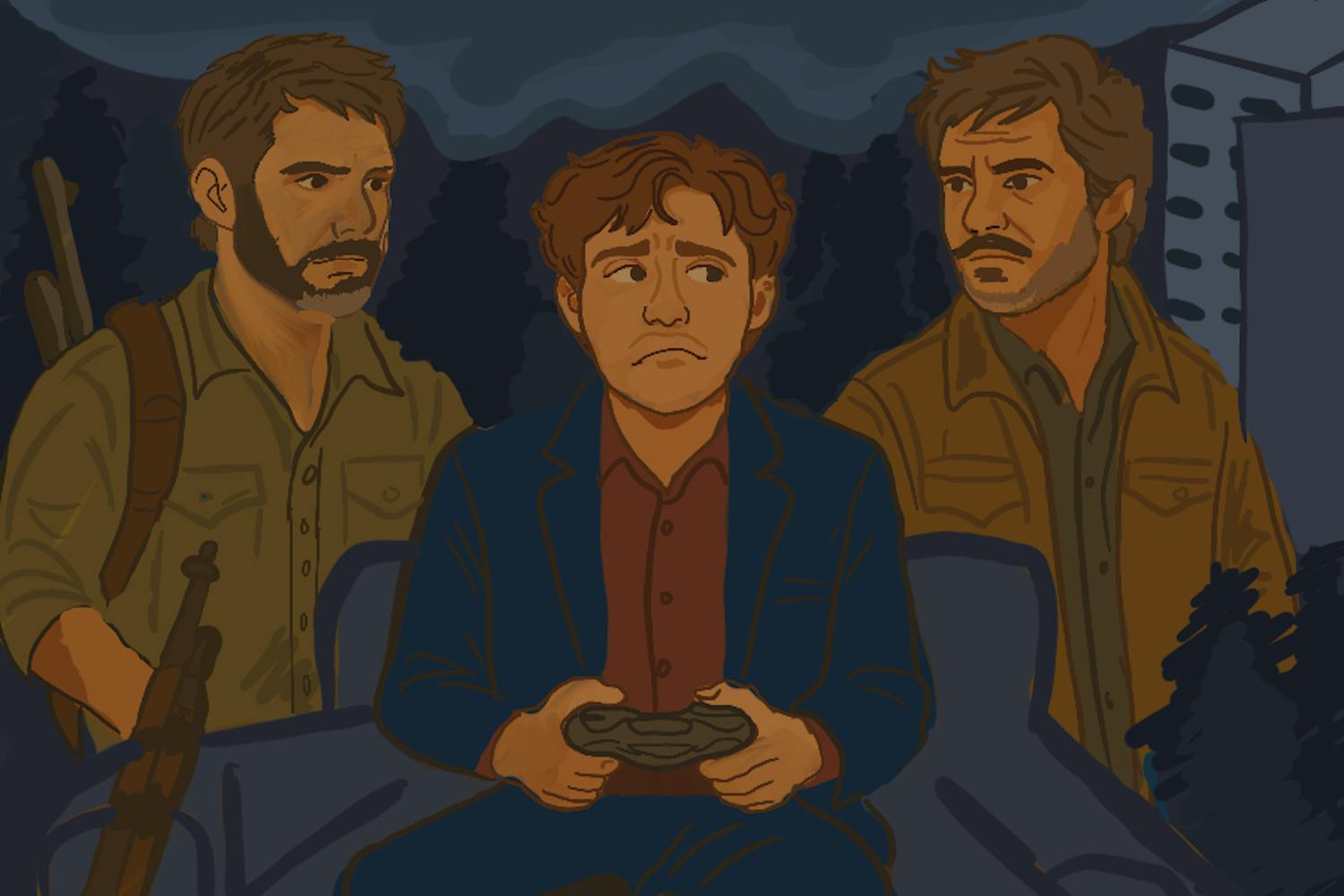Tiny fingers in distant foreign lands assembled the machines of which this write-up and ones like it are being composed on now.
Robots didn’t make that iPhone 5, but probably a sleep-deprived Chinese laborer working in excess of a 16-hour day to keep up with heavy American demand for the new phone.
The 90-minute monologue, currently showing at Herberger Theater Center, starts with reverence for Apple and ends with a call to action.
Even with the increased media scrutiny on how Apple manages to pump out it’s millions of new products, “The Agony and The Ecstasy of Steve Jobs” remains remarkable for painting a simple portrait of the impersonal and soul-crushing working conditions for those slaving away to meet the endless demand.
Mike Daisey, the monologue’s author, talks about how austere the Foxconn factory in Shenzhen, China is. When he sees the conditions inside, he examines how militaristically the company runs the operation, with workers silently putting together iPhones and being slowly overworked. During his visit, a person died after working a 34-hour shift.
What’s more shocking is when Daisey describes that half of the electronics out now emerged from Foxconn’s gates. Suicides were so common at the plant that the company reacted by putting up nets to catch potential jumpers.
The one-man show isn’t all gloom and doom; it would be a quick bore if it was entirely an advocacy piece.
As the back half of the title suggests, Jobs’s mystical persuasion skills when pitching new products to replace year-old technology was world-renowned.
People still receive a natural religious high, Daisey included, whenever a product is announced.
Americans didn’t know that they needed the new MacBook Air — which Daisey doppelgänger Ron May, an actor in the monologue, hilariously postulates could slice deli sandwiches — until Jobs showed the crowd pictures of exactly why they needed these simple and sexy machines.
The precision and skill of Daisey’s argument is perhaps the greatest strength of the show, as it never comes off as didactic.
If there can be any fault to be applied to the actors theater’s presentation of the material, it’s May’s performance as Daisey.
May replicates the writer’s words and experiences successfully, even convincingly several times. Yet, the audience can’t shake that feeling that he’s reciting rather than extemporizing the material.
This has nothing to do with his quality of performance so much as the channel it is presented through; the monologist’s impassioned speech would pack more punch if its actual author spoke it.
A funny thing happened to the show, now two years on the road: Now with the horror stories about the Foxconn plants in Shenzhen slowly receiving media attention, it has lost some of its impact and immediacy that it must have had during that first year of shows.
The timing remains unfortunate, but May and Daisey still find comedic situations in the history.
If nothing else, “The Agony and The Ecstasy of Steve Jobs,” imparts the viewer with that single piece of devastating knowledge about the human cost of technological advancement.
Perhaps the exposure of Foxconn is a result of Daisey’s doing, and if it is, then he’s more than accomplished his goal, even at the risk of making his play less potent.
The Agony and Esctasy of Steve Jobs concludes it’s two-week run on Sunday, Oct. 7 at 2 p.m. at the Herberger Theater.
Reach the reporter at tccoste1@asu.edu
Follow us on Twitter or like us on Facebook.





